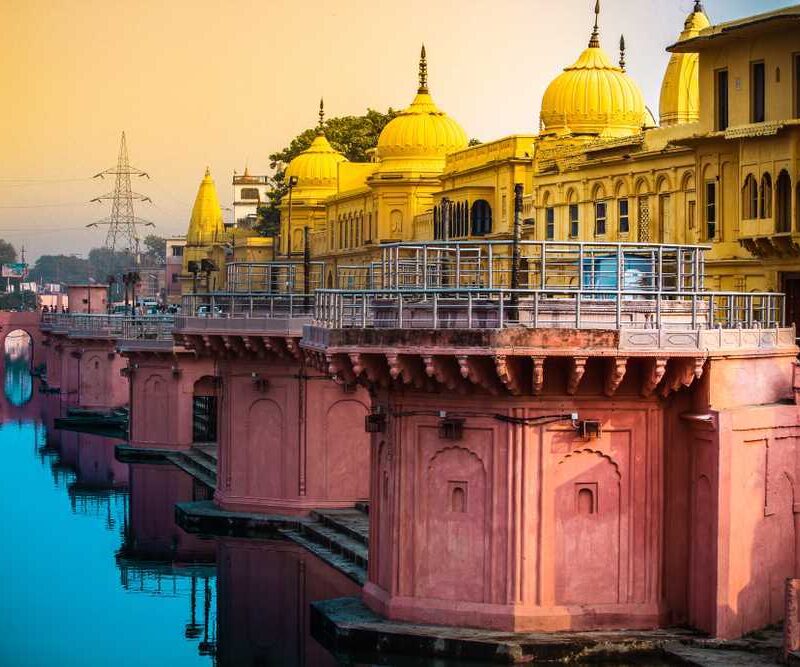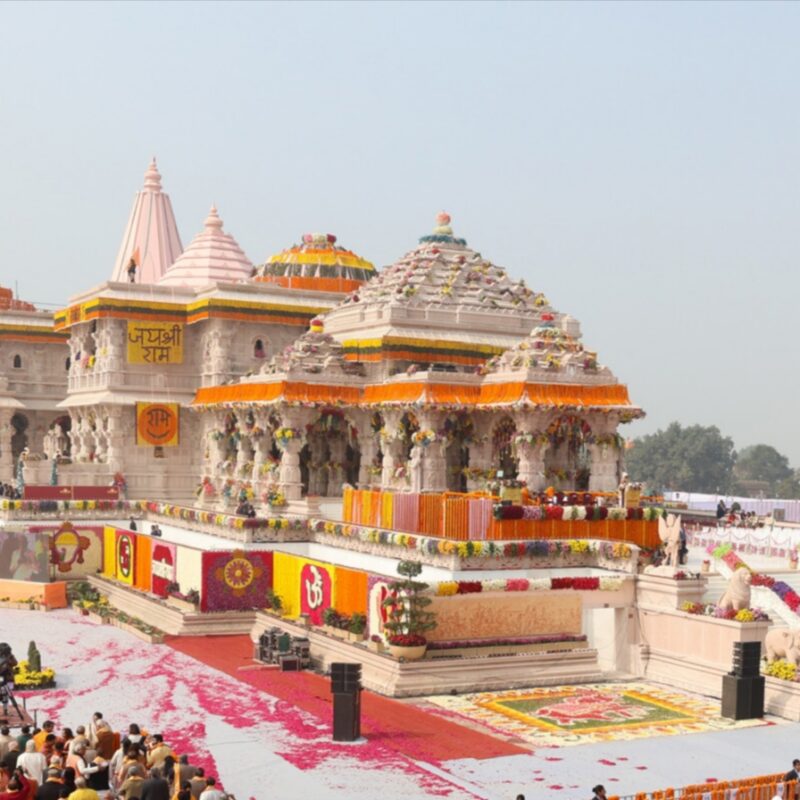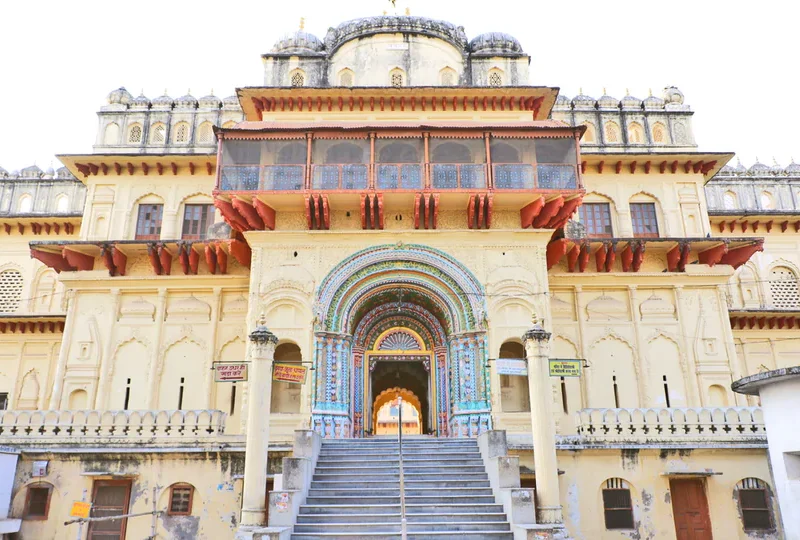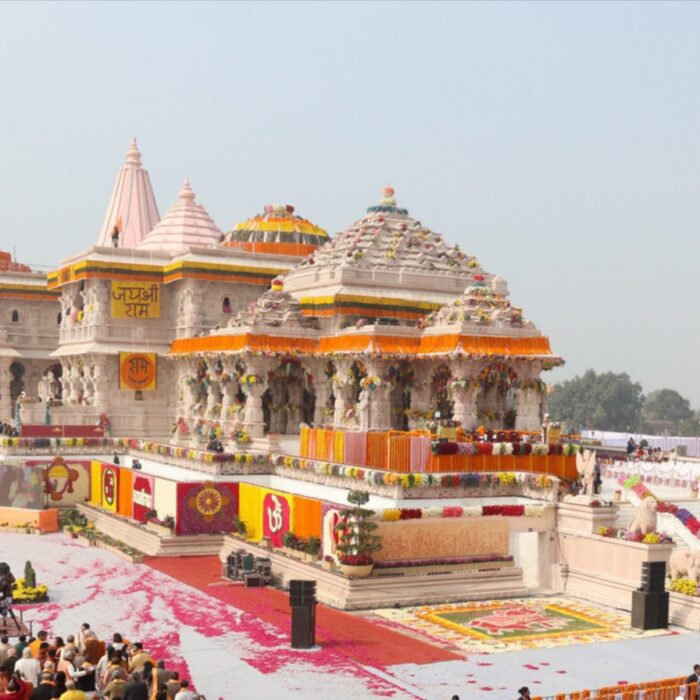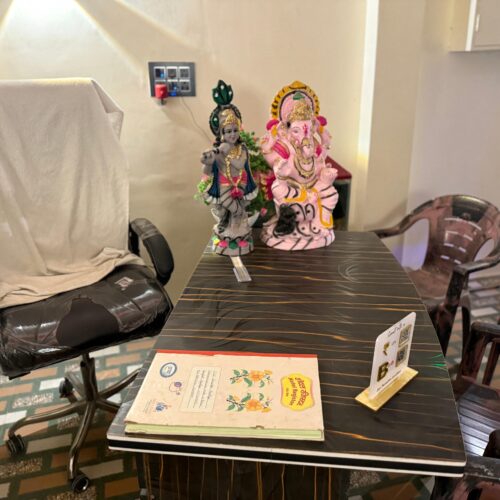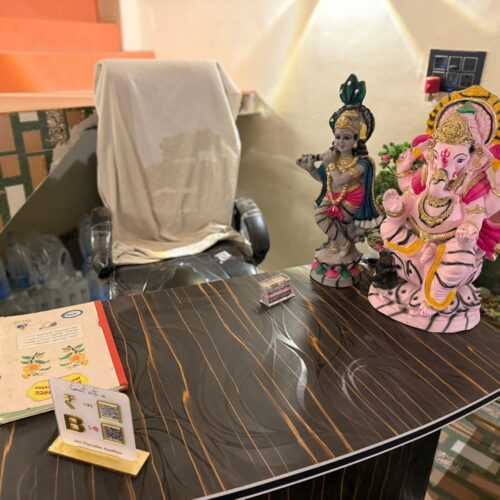Ayodhya: The Eternal City of Faith, History, and Harmony
Ayodhya, a serene yet profoundly spiritual city nestled along the banks of the Saryu River in Uttar Pradesh, India, holds a place of unmatched reverence in the hearts of millions. Revered as the birthplace of Lord Rama, the seventh avatar of Lord Vishnu, Ayodhya is more than just a city—it is a symbol of faith, mythology, and India’s timeless cultural ethos. Its legacy spans across millennia, blending mythology, ancient civilization, royal dynasties, religious movements, and, in recent times, modern transformation.
📖 Mythological and Religious Significance
Ayodhya finds its most prominent mention in the ancient Hindu epic Ramayana, written by the sage Valmiki. According to the epic, Ayodhya was the capital of the Kosala Kingdom and the birthplace of Lord Rama, son of King Dasharatha and Queen Kaushalya. The word “Ayodhya” in Sanskrit means “invincible” or “a place that cannot be conquered by war.” It is one of the seven Moksha-puris (Sapta Puri) — the holiest pilgrimage sites in Hinduism, believed to offer liberation to the soul.
The significance of Ayodhya in Hinduism is immense, as it represents Dharma (righteousness), devotion, and ideal living, symbolized by Lord Rama’s life. Lord Rama is not only a god but also a model king and human being, making his city sacred for millions. For Hindus, a pilgrimage to Ayodhya is akin to a spiritual journey back to the roots of Indian civilization.
Besides Hinduism, Ayodhya holds significance in Jainism and Buddhism as well. According to Jain traditions, five Tirthankaras, including Rishabhadeva, were born in Ayodhya. Buddhist scriptures mention Ayodhya as Saketa, a prominent city during the time of the Buddha, where many stupas and monasteries were located.

